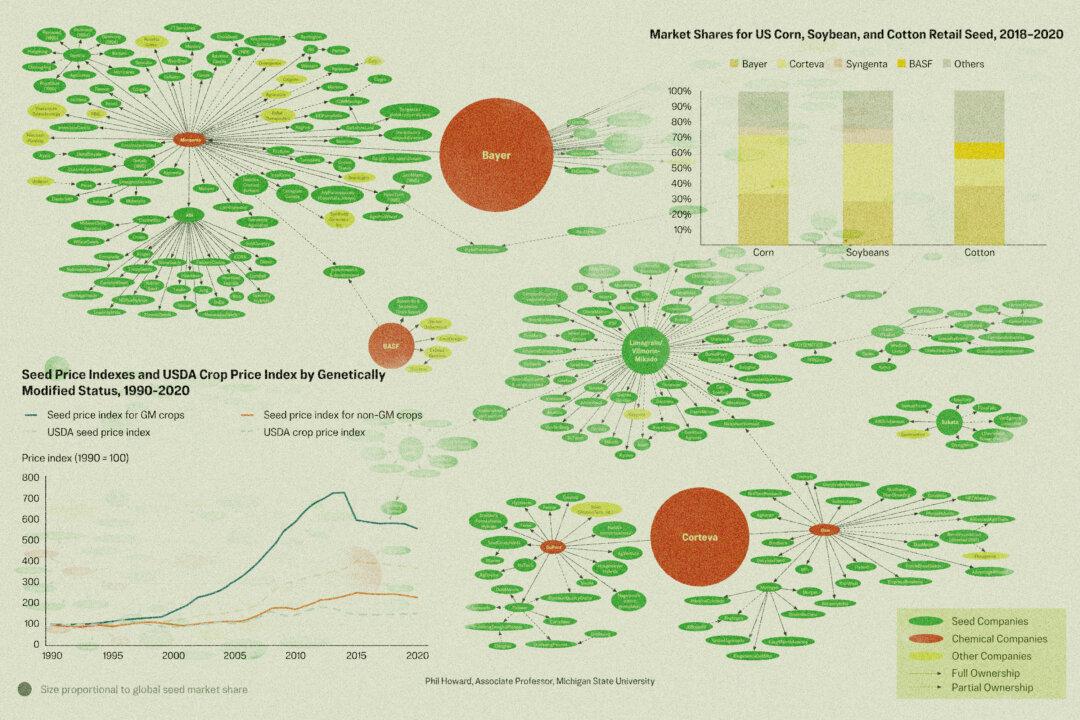SANTA CRUZ, Bolivia—The pavement at a busy city intersection is charred black. Chunks of tires and shards of metal remain from protest fires and violent clashes between police and demonstrators who demanded the release of Santa Cruz Gov. Luis Fernando Camacho on Jan. 2.
The nation’s ruling government—the Movement for Socialism (MAS) party—arrested Camacho on Dec. 28, 2022, for his alleged involvement in the explosive protests of 2019.





